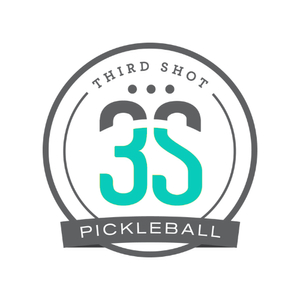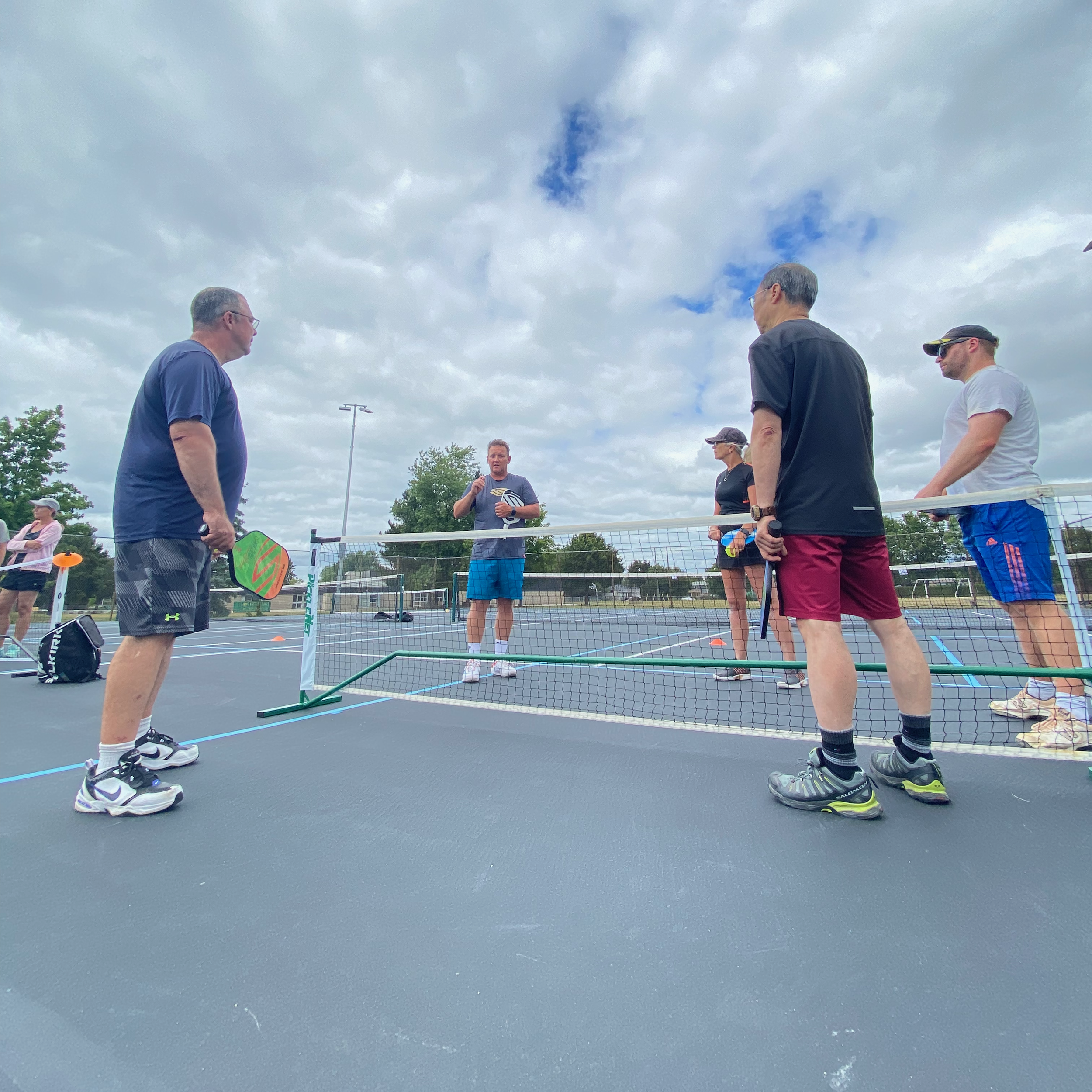Have you ever left a lesson feeling like a superstar, only to find yourself struggling to apply your new skills in a real game? It can be frustrating, demoralizing and even embarrassing. But fear not, because there might just be a simple yet crucial mistake lurking in your coaching experience: the lack of context. In this article, we delve into the importance of contextualizing skills in pickleball and explore how it can make all the difference in your game – and the game of your players.
The Volley Dilemma:
Picture this: you're a pickleball player eagerly seeking guidance on how to improve your volley. It's a reasonable question, but before diving into the technicalities, the coach throws you a curveball. "Which volley are we talking about?" they ask. What do you mean which volley? My volley-volley!
Different Situations, Different Techniques:
The truth is, volleys come in various forms, each demanding a unique set of skills. Are you facing down a ball that’s been driven hard at you from the baseline courtesy of those aggressive bangers? Or are you dealing with a slow, high ball that’s waiting for you to pounce? Are we talking about a volley-dink that’s taken out of the air but just above your shoelaces, or are we talking about a roll volley that is just marginally below net height? There is no “the” volley. There are many contexts where volleys are required and each type of volley demands a unique approach.
Crystallizing the Game Situation:
At Third Shot Sports and Pickleball Coaching International, we believe in clarity and we think coaches have an obligation to help players connect the technical skills they are learning with the tactical context in which they place. To put it bluntly, coaches should make clear to their players exactly which shot they are working on and when it will be needed.
A useful way for instructors to make this technical-tactical connection is to introduce a skill by stating, "Here's the situation..." followed by a clear explanation of the scenarios in which the skill is applicable. For example: “Here’s the situation: your team has just returned serve and are both at the NVL. The opponents are on or just behind their baseline. The player straight ahead from you drives the third shot right at your midsection. This is the situation we’re going to work on today” By introducing the scenario first, the coach paints a picture for the player and helps them imagine being in it. The realness of the story will increase the chance that the player is motivated to learn the new skill that will help them navigate the situation better.
The Disconnect:
Unfortunately, many coaches miss the mark by simply saying, "Today, we will learn..." and then they go on to identify a shot (a dink; block volley; topspin; etc.). They unintentionally detach the skill being learned from the actual game of pickleball. So while the player may develop the technical skill in a practice setting, this disconnection makes it more challenging for the student to identify the right moment to use the skill in a real game. And that is where we often see a gap between what players can do in practice and what they can do in a game.
Empowering Players Through Context:
If you're a coach, it's time to bring context to your students' learning journey. By doing so, you bridge the gap between theory and application, ensuring that your players truly grasp the value of their newly acquired skills. And if you're a player hungry for improvement, don't hesitate to ask the pivotal question, "So exactly when in a game would I use this shot?" Seek that deeper understanding and technical-tactical connection. It will make it easier for you to become someone who not only performs well in practice, but can convert during game time.




